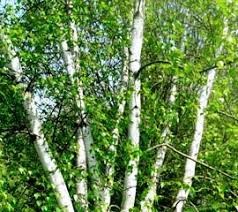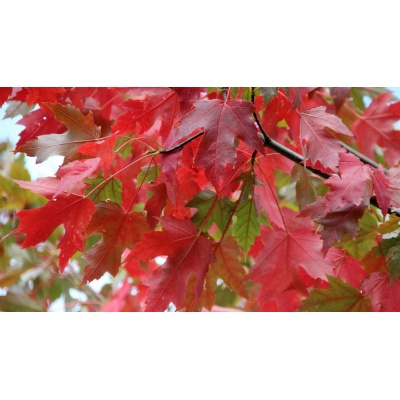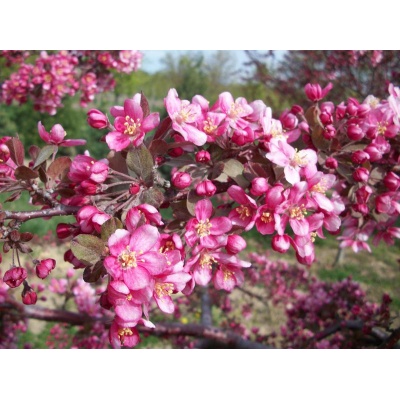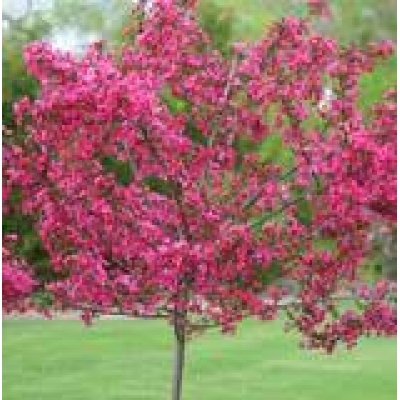Description
 Betula populifolia ‘Whitespire’
Betula populifolia ‘Whitespire’
Whitespire Birch
‘Whitespire’ is best known for its upright form, non-exfoliating white bark, dark green leaves and attractive yellow fall color. Vegetatively propagated plants of this cultivar are considered to have better resistance to bronze birch borer. ‘Whitespire’ was originally named as a cultivar of Betula platyphylla var. japonica when introduced into commerce in 1983, but that designation was subsequently changed when it was determined ‘Whitespire’ was in fact a gray birch.
Zone: 3 to 6
Height: 20.00 to 40.00 feet
Spread: 10.00 to 20.00 feet
Bloom Time: April
Bloom Description: Yellow brown (male), Green (female)
Sun: Full sun to part shade
Water: Medium to wet
Maintenance: High
Suggested Use: Naturalize, Rain Garden
Flower: Showy
Leaf: Good Fall
Other: Winter Interest
Tolerate: Deer



Reviews
There are no reviews yet.